7mm TCU
Thompson/Center Contender Handgun Loads
feature By: Patrick Meitin | June, 20

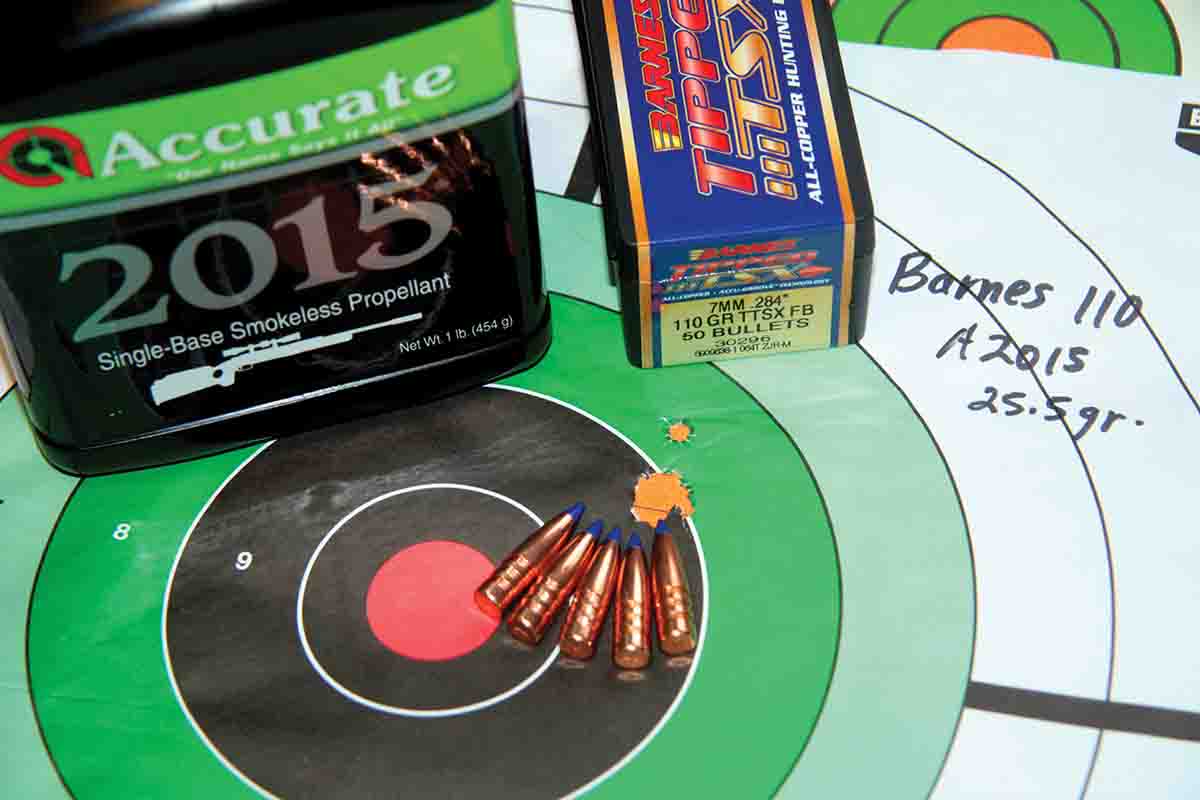
Silhouette shooting descended from a Mexican sport dating back to the early 1900s. The modern version of this pastime spawned in Nogales, Arizona, features animal silhouettes cut from 3⁄8- or ½-inch steel plate. The high-power pistol class of silhouette shooting involves 13-inch chickens placed at 50 meters, 22-inch pigs at 100 meters, 19-inch turkeys at 150 meters and 32-inch rams at 200 meters. It was the rams that inspired the 7mm TCU, a cartridge devised to provide more reliable knockdown of those 50-pound/200-meter targets, which less potent bottlenecked pistol cartridges (like the popular .221 Remington Fireball in the Remington XP-100) often failed to dislodge. Only targets tipped from their bases counted against final score.
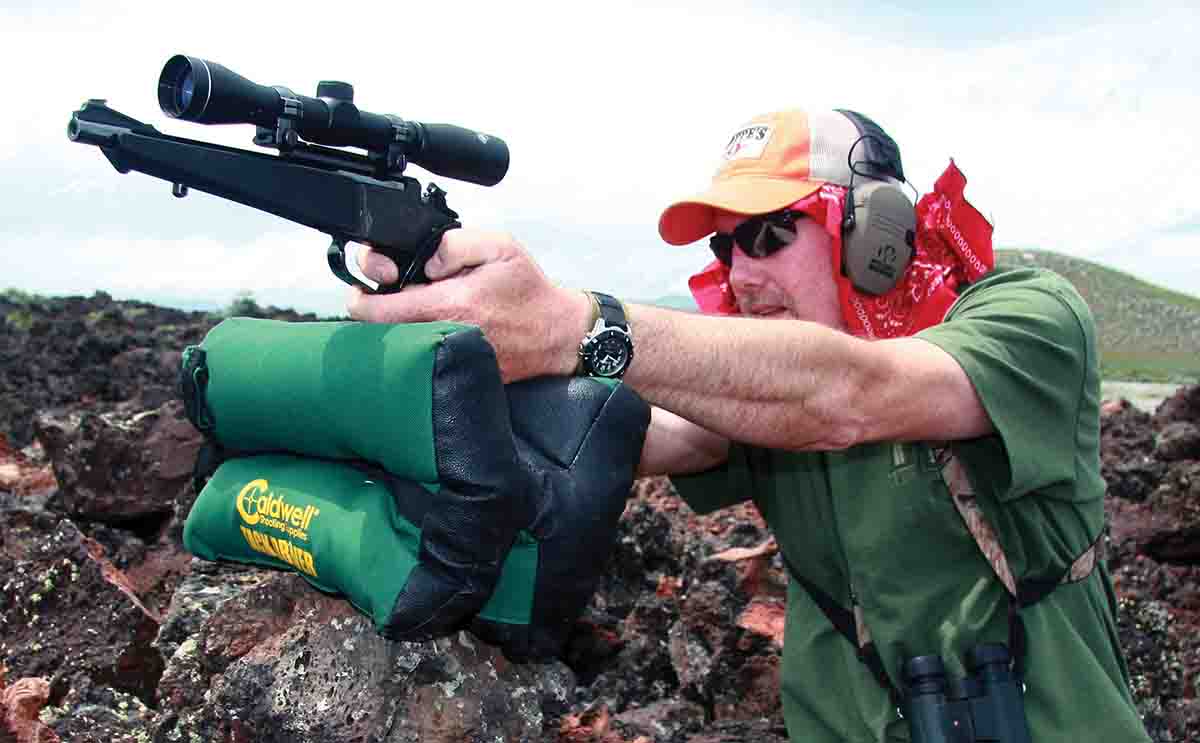
The 7mm TCU was the most popular of Wes Ugalde’s wildcats (including 6mm and 6.5mm versions) and once one of Thompson/Center’s (T/C) top-selling barrel options. The 7mm TCU immediately dominated the Production Class in NRA and International Handgun Metallic Silhouette Association (IHMSA) competition. It was a superbly-accurate cartridge with mild recoil for comfortable shooting, but propelled bullets owning higher ballistic coefficients with enough retained energy to topple those stubborn rams with ease.
If the 7mm TCU was ever chambered in a rifle, I’m unaware of it (I’ve often wondered why the round never made its way into an AR), the cartridge almost exclusively chambered in T/C Contender barrels, most commonly with 10-inch barrels. Fourteen-inch barrels are seen, providing an average 175 to 200 fps velocity gain over 10-inch tubes.
As metallic silhouette shooting slowly moved into the shadow of faster-paced 3-Gun competition and the cartridge lost its shine to newer cartridges, 7mm TCU Contender barrels became a common and affordable commodity on the used market.
The 7mm TCU serves quite well for hunting big game up to deer and wild hogs. Light 7mm bullets weighing from 100 to 115 grains perform well for varmint shooting and smaller big game like javelina. Bullets weighing from 120 to 140 grains generally prove best when pursuing larger deer and hogs. I’ve used my 10-inch barreled Contender 7mm TCU, loaded with 120-grain Sierra softpoint bullets pushed to around 2,000 fps, to shoot a couple of 150-pound whitetail does and several average-sized Texas wild boars.
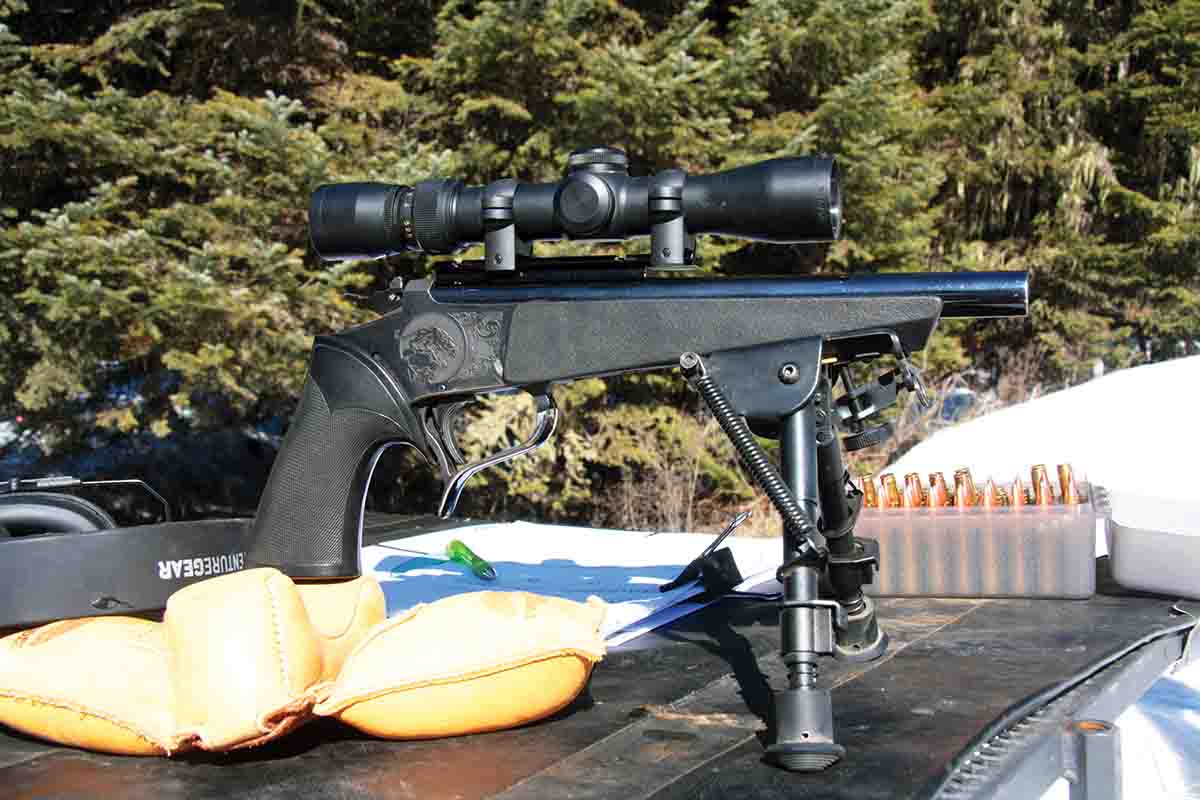
My scoped 7mm TCU has also proven quite capable for sniping small varmints such as ground squirrels and prairie dogs, its innate accuracy allowing vital shot placement to 125 yards when a decent rest is utilized. As a burrowing-rodent round, its biggest handicap is reliable bullet expansion, even 100-grain bullets (lightest 7mm available) pushed to 2,100/2,200 fps fail to produce anchoring expansion. Such bullets were designed for rifle velocities produced from cartridges like the 7x57 Mauser or 7mm-08 Remington, minimum. Lighter bullets also work on larger varmints such as jackrabbits and predators from foxes to coyotes, minimizing pelt damage but putting them down decisively.
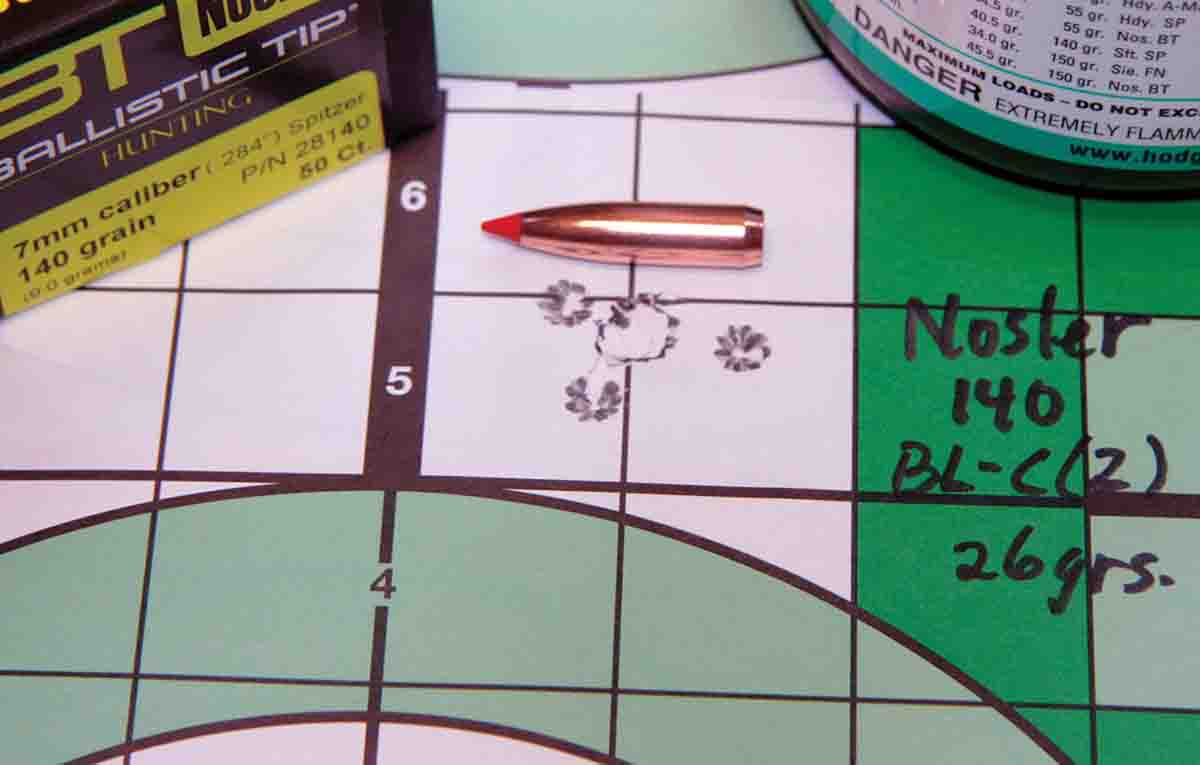
During load testing I was reminded yet again of a couple important T/C Contender quirks, which particularly apply to lighter 10-inch barreled numbers in anything producing recoil more substantial than the .221 Remington Fireball. The first is to extend your non-gripping-hand’s index finger forward while shooting, as wrapping it around the grip in standard double-fisted, pistol-shooing fashion places this digit directly behind the action release lever, inviting a painful bite during recoil. The second is that 7mm TCU pistols must be re-zeroed between every change in bullet and/or load, often substantially. There is no rhyme or reason. Lighter, faster bullets often impact lower than heavier, slower bullets, and wide windage deviations are common after changing powder charges beneath identical bullets. All loads were shot at 100 yards from atop a portable bench, using a compact bipod and a soft “squeeze” bag under the grip to micro-adjust barrel tilt/elevation. It’s the best system I’ve found after extensively auditioning various options.
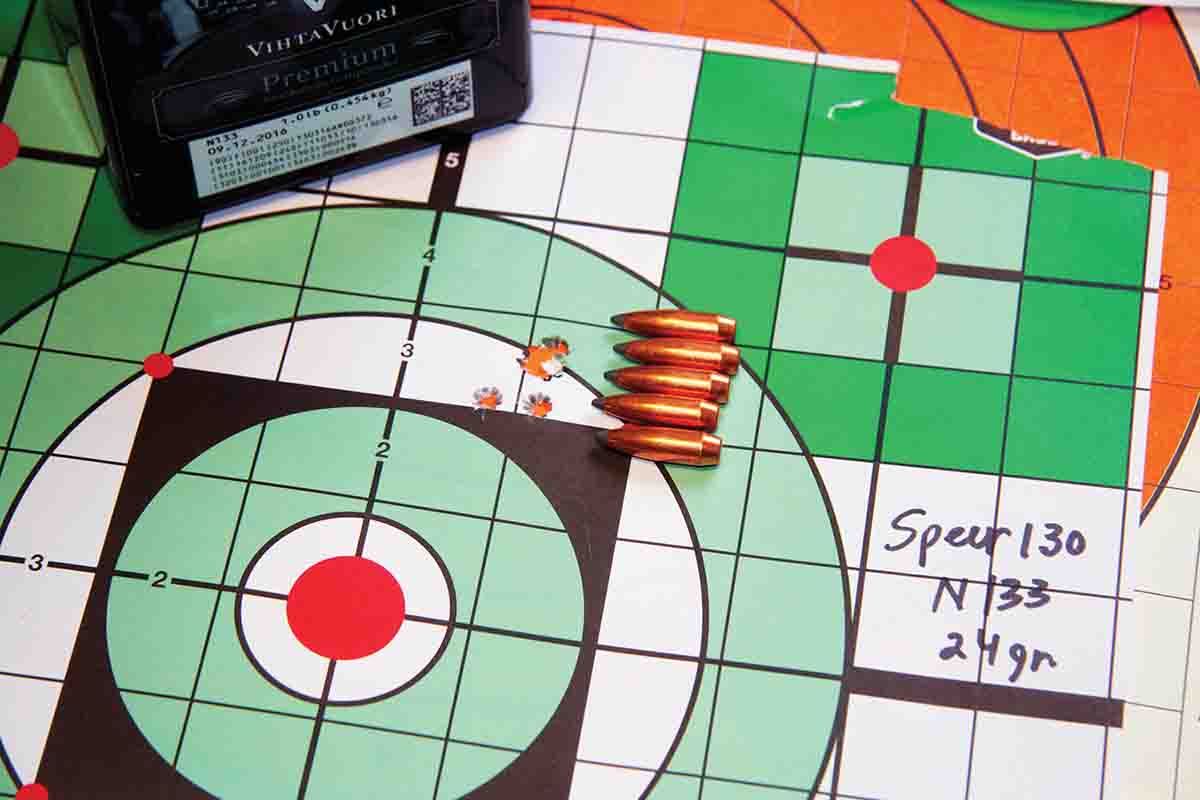
Any 7mm TCU owner must first create brass from .223 Remington cases. This starts by expanding .223 brass with a tapered neck expander, loading a start load and fire-forming to create a 40-degree shoulder. This is typically most successful using fresh commercial brass, though careful annealing will generally provide good results and prolong case life with once-fired brass. Surplus military brass is normally discouraged, though I own reliable cases. In fact, cases used for testing here were formed from once-fired Lake City (LC) brass. An easy annealing process involves setting brass on their bases in a skillet, adding water until it reaches about halfway up the bodies, then heating necks/shoulders to an orange glow with a plumber’s torch, and then tipping them over into the water. Quality Cartridge offers properly-headstamped cases; a brand I’ve had nothing but good experiences with during past load testing.
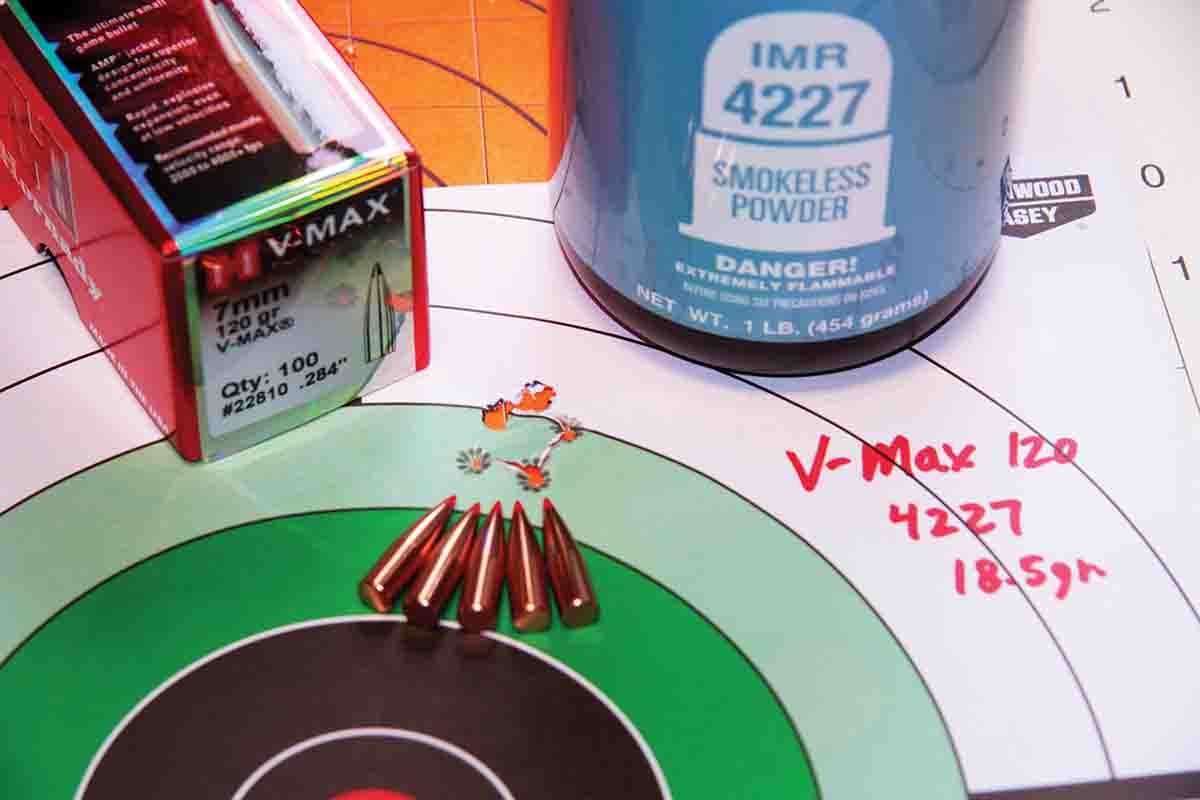
.jpg)
The 7mm TCU can be loaded with bullets as heavy as 150 to 160 grains, but since I use my 7mm TCU for hunting and not tipping over steel, I have little experience with these heavyweights, which also promise lobbing trajectory from even maximum loads (1,800 to 1,850 fps, 10-inch barrel). The loads related here reflect that bias – heavy on the light side and stopping at 140 grains. Considering the 7mm TCU’s lumbering pace, especially from 10-inch barrels, I wouldn’t hesitate to target average-sized deer or eating-sized hogs with any of the bullets included, at reasonable ranges (50 to 75 yards), and with well-placed lung shots. Even the varmint bullets shouldn’t break up at TCU velocities. Delivered energy averages from 703 (Sierra 100-grain Varminter, BC .234) to 904 foot-pounds (Nosler 140-grain Ballistic Tip, BC .485) at 100 yards and so on.
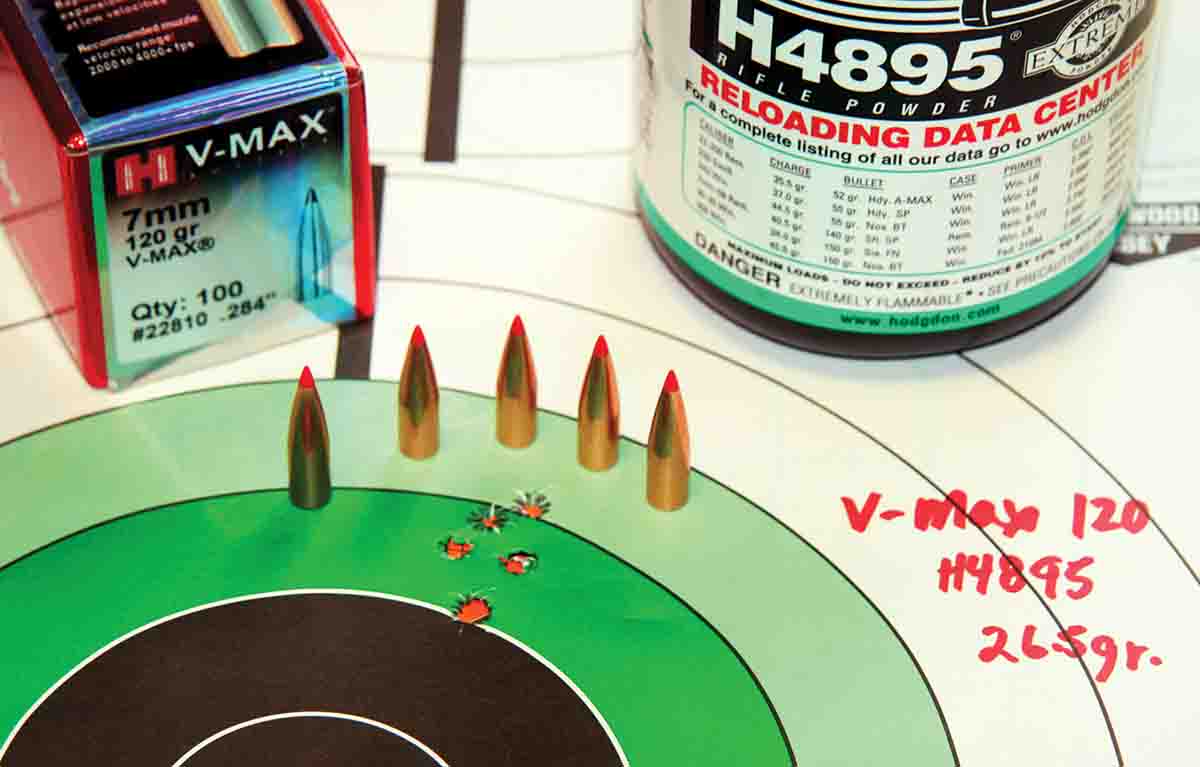
Barnes’ 110-grain TTSX FB (BC .319) would prove an excellent pelt-shooting predator, deer or hog bullet, providing excellent velocity – relative to the 7mm TCU – and reliable performance should bone become involved on larger animals. The tipped version boosts ballistic coefficients and acts as a wedge to initiate expansion. Accurate 2015 produced a five-shot 100-yard group measuring .63 inch at 1,908 fps, while Hodgdon’s BL-C(2) proved ultra consistent, all load samples printing less than an inch, the best .71 inch at 1,959 fps with 30 grains. Vihtavouri’s N130 produced both the best accuracy and velocity, a near-maximum load of 27 grains producing a .60-inch group at 2,275 fps with low extreme velocity spreads.
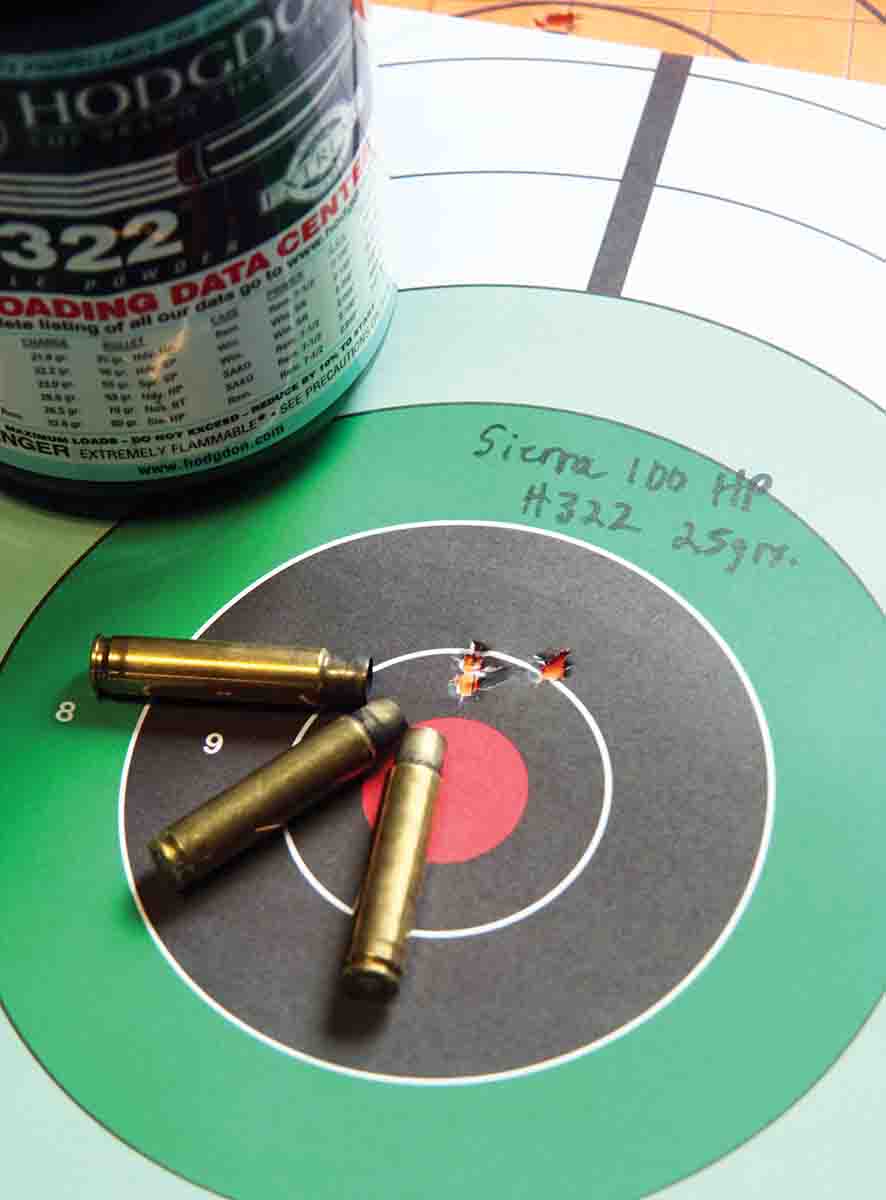
The Speer 130-grain BTSP bullet was chosen to provide reliable expansion from this pistol cartridge. With a decent BC (.384) provided by its boat-tail profile and classic cup-and-core construction, the bullet generates 842 to 862 foot- pounds of energy at 100 yards, more than ample energy to cleanly take deer or hogs at reasonable ranges. Accurate 2460 and A-2520 were both tested, the former starting out faster but the latter surpassing its velocity with maximum loads. Accurate 2520 edged A-2460 out accuracy-wise. A-2460 averaged 1.25-inch groups, A-2520 a bit better, but also included a couple sub-one-inch groups with 27 grains at 1,806 fps and 28 grains at 1,884 fps. The best overall group – .64 inch – resulted from 24 grains of Vihtavouri N133, including a low extreme velocity spread but a pretty tame 1,771 fps velocity.
Nosler’s 140-grain Ballistic Tip Hunting is ideally suited for deer hunting. A high .485 BC and wedging polymer tip combine to assure ample expansion and deep penetration while also producing a thumping 954 foot-pounds of energy at 100 yards (in excess of 1,000 foot pounds at 50 yards). Hodgdon BL-C(2) posted the best 140-grain group; .69 inch at 1,684 fps, with groups opening to 1.27 and 1.25 inches with added velocity. Hodgdon H-335 improved velocity a tad, but accuracy proved only average and loads produced jarring muzzle blast. Hodgdon’s 7mm TCU-ideal H-322 produced a .99-inch group at 1,909 fps with 25.5 grains (single-digit extreme velocity spread), and close to an even inch with 26 grains at 1,953 fps.
Every time I shoot this seemingly insubstantial, 10-inch-barreled handgun, I come away pleasantly surprised (and am left pondering the potential of a steadier 14-inch barrel). Credit is largely due to the efficient and accurate cartridge that is the 7mm TCU. Hodgdon’s H-322, Accurate’s A-2015 and Vihtavouri’s N130 and N133 appear clear accuracy winners in this cartridge, with Hodgdon H-4895 and BL-C(2) and A-1680 definitely deserving more attention. With ground squirrel season just weeks away as this is written, I think it’s time to take this compact pistol for another spin.



.jpg)